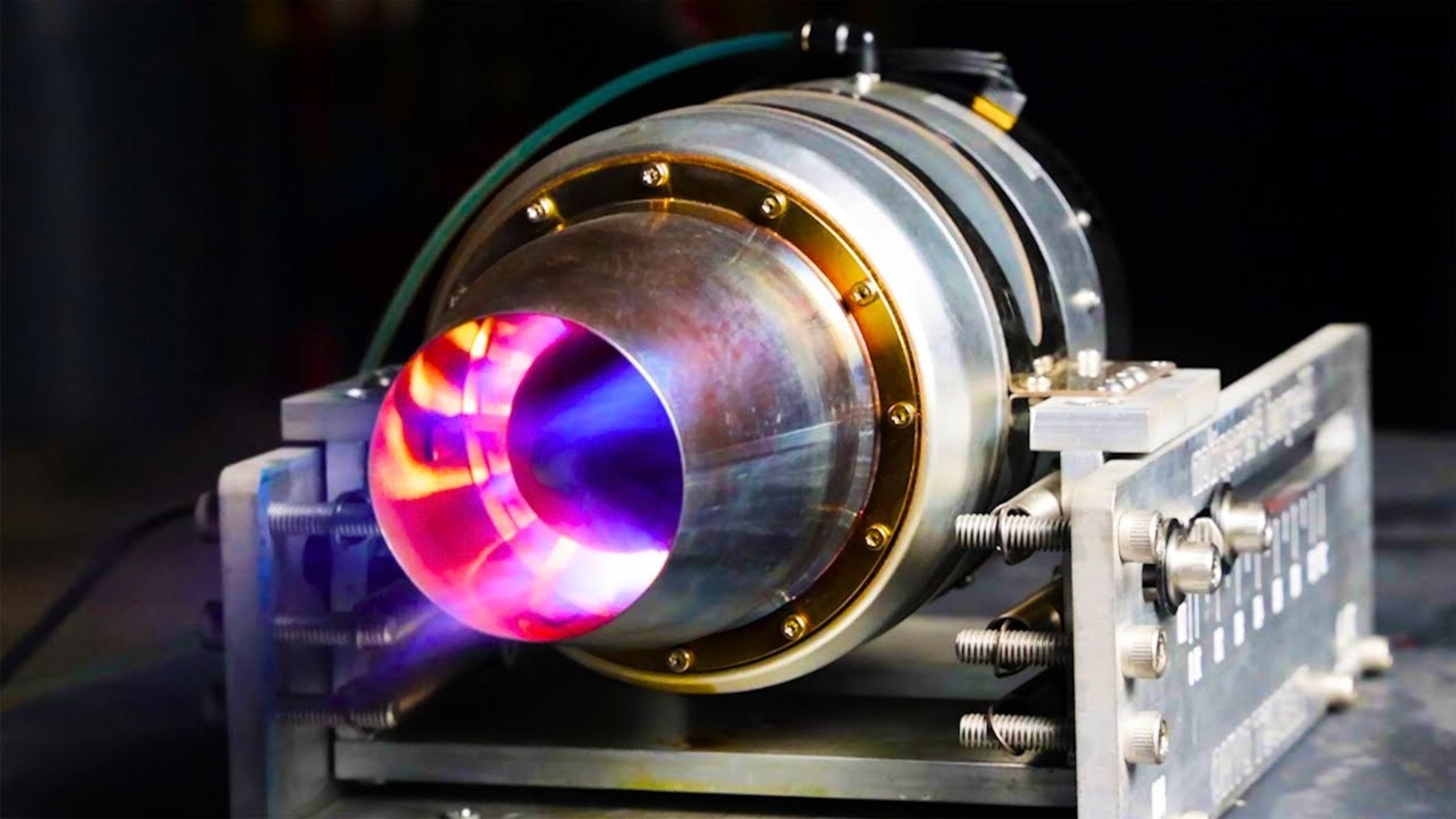A team of Chinese scientists from the Xi’an Aerospace Propulsion Institute has unveiled a game-changing space thruster has achieved full operation. The 100 kilowatts magnetoplasmadynamic thruster has the potential to revolutionize space travel, with applications in interstellar journeys, interplanetary transport and deep-space exploration – and it could overtake NASA in the competition for cutting-edge propulsion techniques.
A breakthrough plasma engine
For years, scientists have trying to develop engines that allow to cover long distances without depending on expensive and limited resources. Up until now, the alternatives included liquid fuel, nuclear energy and electric propulsion – but none of them ticks all the boxes.
Now, a Chinese research team from the Xi’an Aerospace Propulsion Institute has come up with a plasma propulsion system, working by ionizing the propellant to create plasma, which is then accelerated by an electromagnetic field to form a high-speed particle stream, thus generating thrust.
The engine design includes two main innovations:
- 3-D printed parts, which provide durability and precise engineering
- High-temperature superconducting magnets, which increase efficiency and decrease energy loss
These factors enable the engine system to achieve an effective input power of more than 100 kilowatts. Just to get an idea, the power levels of such engines nowadays is typically in the tens of kilowatts. The engine could be crucial to make manned space missions shorter.
The advantages of plasma engines
The reason plasma engines are getting so much attention is because they provide effective, long-lasting thrust by using electricity to ionize gas (such as argon and xenon), releasing charged particles at very high speeds – as opposed to traditional rocket engines which depend on burning fuel.
Compared to traditional engines, which propel rockets by burning fuel, plasma propulsion has the following advantages:
- A higher efficiency
- They cut space mission costs by removing the need for traditional fuels
- Constant acceleration, making space travel way faster for manned missions
The race to deep space between China, U.S. and Russia
Russia is a direct competitor to Russia in the race to deep space exploration, as demonstrated by its own plasma engine prototype. Russian scientists claimed to have developed a prototype of a plasma rocket engine which could slash travel time to Mars to under two months. Currently, getting a manned mission to Mars doesn’t necessarily represent a technological barrier, but is mainly limited because of the huge amount of time it takes to get there.
With its new engine, China is now competing with Russia, while the United States is finding it hard to keep up. It looks like China may soon overtake both the United States and Russia if it keeps developing cutting-edge technology which could be the future of space exploration.
Ongoing need for space travel innovation
The developments could completely change the way humans explore space, as this type of engine is suitable for long-distance space missions and interplanetary cargo transport. Exploring beyond our galaxy has been a consistent goal for space agencies around the world, but developing new technologies that make it possible continues to be a challenge.
Recently, new solar panel technology was added to the International Space Station, allowing for electricity to be generated in space. The panels are different to the ones we see here on Earth, as they are designed to withstand extreme temperatures, solar radiation and other extreme conditions in space.
The development of faster and more effective plasma engines by China and Russia could potentially revolutionize space travel in the future. Spacecrafts powered by next-generation plasma engines could bring the first humans to Mars, instead of NASA. China is a crucial competitor in terms of sophisticated technology development for space exploration – adding to the global competition.


